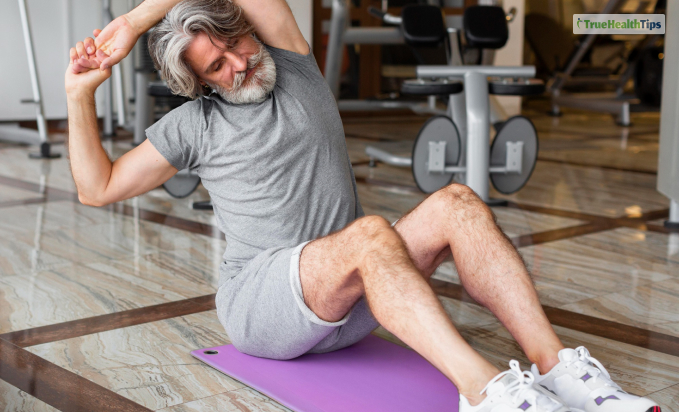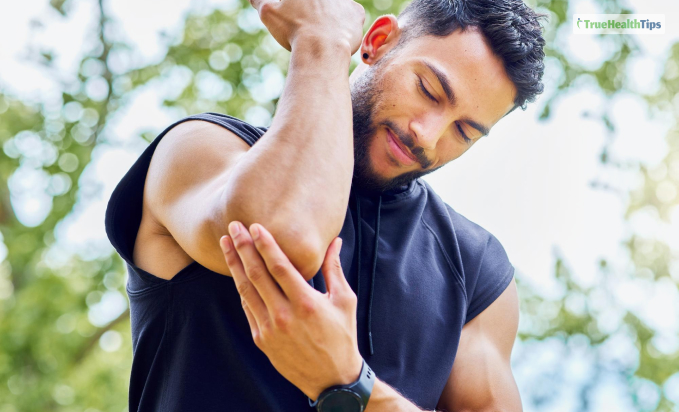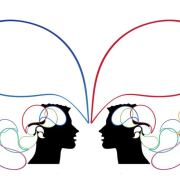
Muscle imbalance is a common problem that many of us face. The long hours at work or our workout sessions can make one part of our body weaker than the other part. With muscle imbalance, we experience stiffness and pain. So, do you want to know how to fix muscle imbalance?
You need a well-balanced exercise regime with proper stretching and strengthening activities to get rid of muscle imbalance.
Do you want to know more? Here is a comprehensive guide for you.
How To Fix Muscle Imbalance?

Before I get into the details of how to fix muscle imbalance, I want to share brief notes on the causes, types, and symptoms of muscle imbalance. Knowledge about the causes and symptoms will make the process of finding remedies easier.
Inactivity, poor posture, repetitive movements, and injuries are the major reasons why we experience muscle imbalance. Triggered by these reasons, you can suffer right-to-left imbalance, in which there is a lack of balance between the muscles of the left and right sides of your body. If you are suffering from a right-to-left muscle imbalance, your right tricep will look bigger than the left tricep.
You can also experience imbalance in the opposing muscle groups of your joints. If you are suffering from this particular issue, you will experience problems in movements. For example, the quadriceps and hamstrings are combinations of opposing muscles, and they are found in the front and back of the thighs. If any of these muscles are weaker than the other, you will have problems in straightening and bending your legs.
Nevertheless, I have curated some of the most effective measures for you so that you get rid of these discomforts.
Identifying Muscle Imbalance

In search of the best answers to how to fix muscle imbalance, the first step is identification of the problem. The diagnosis is done in two ways. These two methods of diagnosis are strength and endurance testing and observation.
Strength And Endurance Test
This is the process of diagnosing muscle imbalance through the biometric method. The biometric machine reads the contractions of the muscles. In this way, the machine finds out the irregularities and deficiencies in the muscle activities.
Biometric testing is an effective method because it focuses on the contractions of individual muscles in areas like wrists, hips, elbows, shoulders, ankles, and knees.
Observation
The process of observation includes taking photographs of different muscles and limbs from many angles. Athletes often follow this method to click photographs of their muscles to depict asymmetry between muscles on both sides of their body or opposing muscles in the joints.
These photos are especially beneficial in finding out the muscle imbalances in your shoulders, pelvis, legs, and neck.
Once the imbalance is identified, the following methods are followed to get rid of the problem.
How To Fix Muscle Imbalance Through Exercises?

Muscle imbalance cannot develop all of a sudden. So, while looking for how to fix muscle problems, you must note that the problem will take some time to go away with proper exercise.
To fix this problem, you will need to attend a therapeutic exercise program. The exercise program will make the weaker muscles stronger and stretch your tight muscles.
Common exercises included in these therapeutic programs are foam rolling exercises, glute and core exercises, and hip flexor stretches.
Further, if you have muscle imbalance between the muscles on both sides of your body, the therapist will recommend a unilateral exercise. Some of the most common unilateral exercises are “single-arm bicep curls” and single-leg step-ups and deadlifts.
However, while attending these exercise sessions, you will need to keep the following factors in mind.
Form Of The Exercise
You have to be particular about the exercise you do to get rid of muscle imbalance. Irregularity in the form can cause further injury, pain, and stiffness.
So, the exercises should be performed under the guidance of an expert. Further, always keep a full-body mirror in front of you. Watching you in the mirror while exercising will always help you to follow the right form.
Focus Of The Exercise
While choosing any exercise, always consider how it will impact your full body and improve its functionality. Do not choose an exercise that encourages muscle buildup in a particular area of your body.
For example, if you perform weight lifting or lunges, make sure that you repeat the same reps for both sides of your body.
How To Prevent Muscle Imbalance?

Now that you have some idea about how to fix muscle imbalance, it’s time to have a look at the preventive measures. Always remember that fixing the imbalance is never an easy task, and it will take some time to show results. So, it is always better to follow some tips and avoid having pain and stiffness in your body.
Involve Both Sides Of Your Body While Exercising
Pick exercises that involve the muscles on both sides of your body equally. Some of the best exercises in this regard are squats, deadlifts, and burpees.
Shuffle Your Exercise Routines
It’s always a great idea to mix things up for your daily exercise routine. It’s not just about boredom. It also helps to avoid strains in a particular group of muscles, minimizing the risks of muscle imbalance.
So, along with stretches, you should also do strength training and yoga.
Stretch Often
Stretching addresses the muscles in your core and upper and lower body. So, as you stretch, you get to work on different muscles at one time.
Try to maintain a good balance of stretching and strengthening exercises to get rid of muscle imbalance.
Be Mindful About The Shoes You Wear
In an ideal scenario, you must be wearing supportive shoes that help your body maintain a neutral position. So, heels and wedges are not the best choices in footwear. However, it’s not possible to completely avoid wearing those beautiful heels.
So, if you need to wear heels on a regular basis, make sure that you stretch your calves frequently. This practice will help you to avoid stiffness and imbalance in the opposing muscles of the thighs and knee joints.
Final Words
I hope this guide on how to fix muscle imbalance helps you find the right solutions. Keep one simple thing in mind to avoid having an imbalance in your muscles. Try to be as active as possible throughout the day and keep making some movements. Do not remain seated or stand for long hours, triggering a lack of balance.
Wish you great health, and keep moving!











